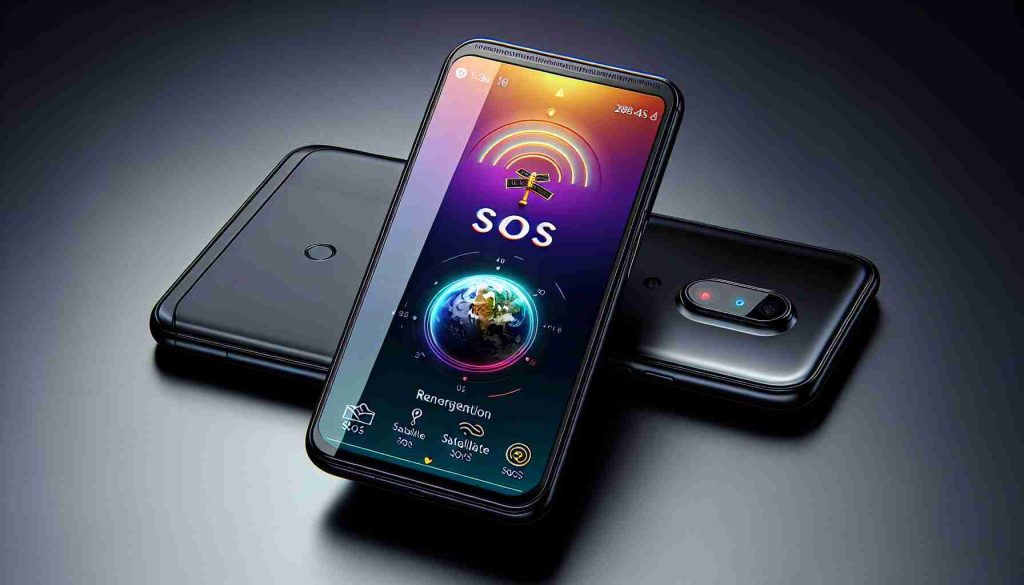A significant shift in consumer behavior is underway, as more individuals in developing countries are making the leap from basic 2G phones to affordable smartphones. This transition marks a pivotal moment in the telecommunications industry, mirroring the discontinuation of 2G services set to take place on September 16, 2024 in Vietnam. The government’s push for widespread smartphone adoption by 2030 is reshaping the market dynamics, emphasizing the need to embrace 4G/5G networks.
Industry experts anticipate a surge in demand for entry-level smartphones and feature phones with 4G support, triggering a wave of device upgrades. Companies like Digiworld are strategically positioning themselves to capitalize on this trend. The company’s ambitious revenue targets for 2024 underscore the potential for growth in the ICT sector.
As the ICT landscape evolves, companies like Digiworld are diversifying their product portfolios through mergers and acquisitions. This strategic approach not only drives profitability but also reduces reliance on the ICT sector. By expanding into new product categories, such as laptops and home appliances, Digiworld is adapting to changing consumer preferences and market trends.
Looking ahead, Digiworld’s expansion plans prioritize M&A activities as a gateway to global expansion, leveraging its financial resources for strategic acquisitions. Despite the lucrative opportunities in international markets, the company recognizes the vast potential within the domestic landscape and aims to solidify its position before venturing globally.
Emerging Trends in Smartphone Adoption in Developing Countries: Exploring New Frontiers
The landscape of smartphone adoption in developing countries is witnessing significant transformations beyond the shift from basic 2G phones to smartphones. While the move towards affordable smartphones remains important, there are additional factors impacting this trend that are essential to consider.
What are the key drivers behind the increased adoption of smartphones in developing countries?
One crucial driver is the expanding digital infrastructure in these regions, which is enabling greater internet access and connectivity. Additionally, the availability of cost-effective smartphone models tailored to the needs of emerging markets is playing a pivotal role in driving adoption rates.
What are the main challenges associated with the widespread adoption of smartphones in these regions?
One of the key challenges is ensuring affordable access to mobile data and reliable network coverage, especially in rural areas. Moreover, addressing issues related to digital literacy and technical support is crucial to fully leverage the potential of smartphones in developing countries.
Advantages and Disadvantages of Increased Smartphone Adoption:
On one hand, the widespread adoption of smartphones in developing countries facilitates greater access to information, communication, and essential services, empowering individuals and enhancing overall productivity. However, concerns related to data privacy, cybersecurity risks, and potential digital divides also come into play as smartphone usage proliferates.
In the context of emerging trends in smartphone adoption, exploring various aspects beyond just the hardware transition is vital for a comprehensive understanding of the evolving dynamics in developing countries.
For further insights on the global impact of smartphone adoption and related trends, visit World Bank.























